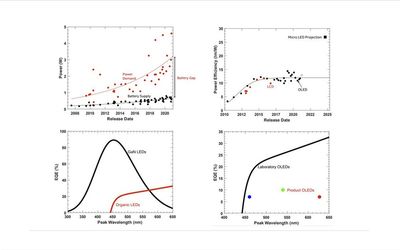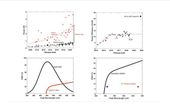Maxim Integrated MAX25603EVKIT Evaluation Kit
An automotive headlight evaluation kit designed for prototyping LED headlights systems implementing the Maxim Integrated MAX25603 LED buck-boost controller.
Technical Specifications
| LED controller | Maxim Integrated MAX25603 LED buck-boost controller |
| Input voltage range | 5V to 60V |
| Output voltage range | 0V to 60V |
| Maximum output current | 1A |
| Dimming capability | Analog and digital (PWM) dimming |
| Protection features | Short circuit, overvoltage, and thermal protection. Fast LED current limit and input current limiter |
Overview
The Maxim Integrated MAX25603EVKIT Evaluation Kit is a development platform designed to facilitate the prototyping of vehicular LED headlight implementations utilizing the MAX25603 automotive LED controller. The evaluation kit is capable of emulating realistic automotive LED headlight loads, which allows the MAX25603 LED buck-boost controller and attached LED arrays to be tested at various supply voltages and discharge currents.
Designed to Emulate Real-World Operation
The MAX25603EVKIT Evaluation Kit ships as a fully assembled and tested platform housing the high voltage, high-brightness MAX25603 automotive LED buck-boost controller and requisite terminals to easily integrate diagnostic equipment and LED headlight arrays for evaluation. The development kit additionally requires a 12V/5A DC power supply, signal generator, current probe-equipped oscilloscope, and series-connected LED arrays rated to a minimum of 1.5A.
The evaluation kit operates at a wide supply voltage range of 5V to 60V, and can be hooked up to either one or two strings of up to 15 automotive LEDs. The total voltage of each LED string can be adjusted from 0V to 60V, with the driver current maxing out at 1A. The development kit employs an array of shunting FETs (field-effect transistors) to emulate combination headlamps comprising of clearance lamp, low beam, and high beam lights. The development platform makes it easy to emulate real-world operating conditions and evaluate the independent operation of these automotive lighting components.
LED-Optimized Transient Response
The Maxim Integrated MAX25603 4-switch buck-boost LED controller is designed for use in high-power headlight implementations, which require PWM (pulse-width modulation) dimming capabilities and high transient response times. The MAX25603EVKIT Evaluation Kit is designed to provide both analog and digital LED dimming capability, with output discharge functionality. The latter enables faster transient times required by LED control algorithms that leverage the inherent agility of LED technology compared to traditional filament-based automotive lights.
The evaluation kit integrates protection features such as input current limit as well as short and open protection for LEDs. The inbuilt LED current clamp function limits LED current to protect the attached LEDs from voltage overshoots associated with the use of shunting FETs.
Where to find it

Mouser Electronics
Mouser Electronics is a worldwide leading authorized distributor of semiconductors and electronic components.









